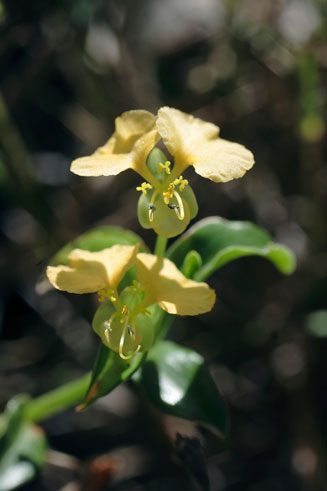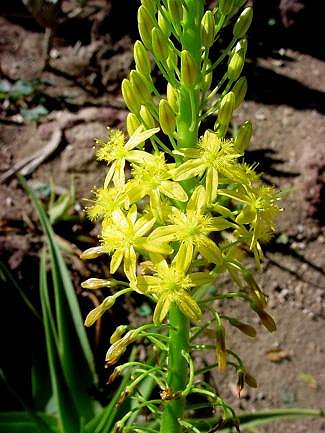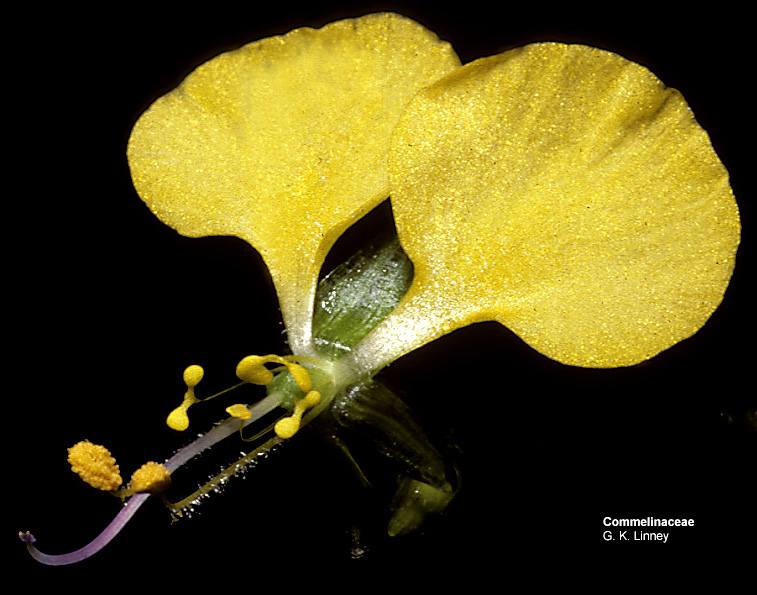Re: Plant ID
Posted: Wed May 23, 2012 7:32 pm
Flutterby wrote:Here are some to keep somebody busy for a while.These were all taken at Mpenjati on the South Coast, and the flowers are very small - no bigger than a 20c piece.
Go wild for Wildlife and help to keep our Conservation Areas pure, natural and green.
https://africawild-forum.com/
Flutterby wrote:Here are some to keep somebody busy for a while.These were all taken at Mpenjati on the South Coast, and the flowers are very small - no bigger than a 20c piece.
I would need to see a clear photo of the plant itself before I could identify it with certainty.Toko wrote:Dzombo wrote:This is a Bulbine, not an Aloe.Poplap wrote:Aloe Tenuior, Family: Asphodelaceae, Common name: iKhalana (Xhosa)

Sounds good, Toko, here is a pic from internetToko wrote:Flutterby wrote:Here are some to keep somebody busy for a while.These were all taken at Mpenjati on the South Coast, and the flowers are very small - no bigger than a 20c piece.
Commelina africana
 the blue "thingie" is not the same, but it might be an autumn development
the blue "thingie" is not the same, but it might be an autumn development 




B. aloides also has thick short wide leaves that resemble an Aloe.Flutterby wrote:For the Bulbine what about this one?
Bulbine aloides
Lisbeth wrote:What about "Yellow African BulbineDzombo wrote:I would need to see a clear photo of the plant itself before I could identify it with certainty.Toko wrote:Dzombo wrote:This is a Bulbine, not an Aloe.Poplap wrote:Aloe Tenuior, Family: Asphodelaceae, Common name: iKhalana (Xhosa)
There are a few species that look similar.
Bulbine frutescens, Lily Family: ( Asphodelaceae (~Liliaceae)), Yellow African Bulbine. Also called: Bulbinella and Burn Jelly Plant" ???
Could well be. This is a fairly common garden plant. But need to see the leaves to be sure.
I also think that it is likely that it is Bulbine frutescens. It is a common garden plant. But need to see the leaves to be sure.Toko wrote:I think you are right with the Bulbine frutescens, Lis
There is another yellow one (B. natalensis), but it has thicker succulent-like leaves, and as far as one can see on Poplap's pic, the leaves are long and not thick.
I agree. The blue stamens fit better.Toko wrote: Aneilema aequinoctiale fits better than Commelina africana